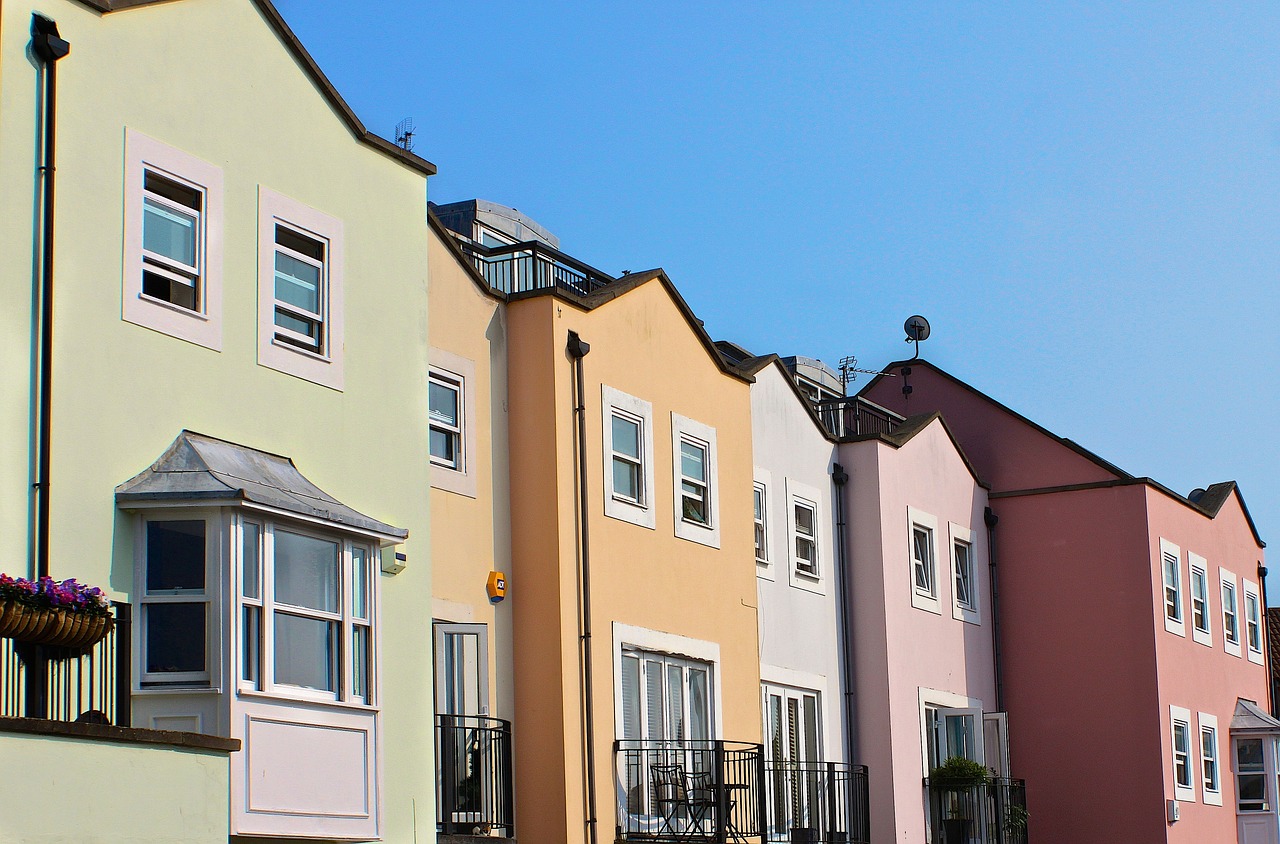
Maximise on profits by converting your multi story property into flats
Many landlords looking to make the most out of the rental market will have a portfolio of properties, which can provide a great amount of regular income. However this involves having to keep track of multiple houses in a variety of areas which can use up valuable time. One way to keep the number of individual properties down but still maintain a large portfolio of different tenants is to convert conventional homes into flats.
Financial benefits
Taking this kind of action is extremely beneficial in regions which have high population and high levels of employment. Also, as the economy is still unstable, the rental market has received increased interest for a number of months which has consequently led to a rise in landlord insurance quotes being generated.
Two homes in one building in theory, should lead to higher rental yields however, the steps to make this a reality are not straightforward and it is not a viable option for everyone.
Rules and regulations
Before any plans to install new fixtures can be made, planning permission needs to be granted and multiple building regulations need to be adhered to. Some of the important aspects to consider early on in the process are the building structure, fire safety, sound proofing and utilities (gas, electricity and water).
When the council are assessing whether to grant permission, they take into account a number of factors such as the number of flats already in the vicinity, the neighbours and parking.
Who you gonna call?
A lot of varied contacts will be required in order to get an ambitious project like this off the ground. Letting agents and mortgage advisers are a great source of knowledge on what type of property you should be looking to convert, as well as an estimate on the rental yields you can expect to earn.
Professional building surveyors and architects can advise you on structural changes that need to be made, followed by a contractor/builder who is needed for completing the process of converting the house into flats.
Breakdown of costs
There is no general estimate on how much a conversion will cost as each property and its requirements differ. Some of the costs you need to budget for include labour, not just the builders who install new fixtures but surveyors/architects who come out to assess what needs to be done.
The materials, fixtures and fittings for each flat, VAT, estate agent/solicitors fees (including a mortgage) and application/regulation costs.
It should not be too surprising if these costs and others not mentioned total around £40,000 but as mentioned before, each property varies.
All the information given here is simply a rough guideline of things to consider when researching conversions. It is best to seek advice from a number of reliable sources, in order to get a full picture of what is required specifically for you.


